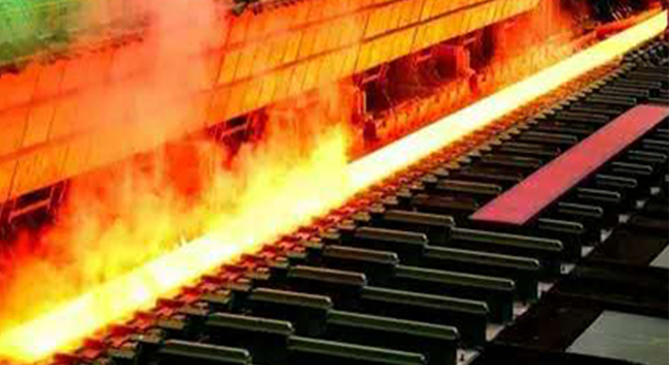When it comes to heat treatment, the four fires that must be mentioned are quenching, tempering, normalizing, and annealing. Although the industrial four fires have been "debut" for a long time, there are many people who do not know the difference between the four fires. For the people in the steel industry, is it irrational? Today we will take a closer look at the difference between the "four fires"!
Quenching is to heat the steel plate above the critical temperature, keep it warm for a period of time, and then quickly put it into the quenching agent, which suddenly reduces the temperature of the steel plate, and rapidly cools at a speed greater than the critical cooling rate to obtain an imbalance mainly doped by martensite Organization heat treatment method. Quenching can increase the strength and hardness of the steel plate, but should reduce the plasticity of the steel plate.
Reheating the quenched steel plate to a certain temperature and cooling it by a certain method is called tempering. Its purpose is to eliminate the internal stress generated by quenching, reduce the hardness and brittleness, in order to achieve the expected mechanical properties. Tempering is divided into three types: high temperature tempering, medium temperature tempering and low temperature tempering. Tempering is mostly used in combination with quenching and normalizing.
Normalizing is a heat treatment method that heats the steel plate above the critical temperature, so that the steel plate is all transformed into uniform austenite, and then naturally cooled in the air. It can eliminate the network cementite of hypereutectoid steel. For normalizing of sub-eutectoid steel, it can refine the lattice and improve the comprehensive mechanical properties. It is more economical to replace the annealing process with normalizing for parts that are not demanding.
Heating the steel plate to a certain temperature and holding it for a period of time, and then slowly cooling it is called annealing. Steel annealing is a heat treatment method that heats the steel to a temperature where a phase change or a partial phase change occurs, and then slowly cools down after heat preservation. The purpose of annealing is to eliminate structural defects, improve the organization to homogenize the composition and refine grains, improve the mechanical properties of steel, reduce residual stress; at the same time, it can reduce hardness, improve plasticity and toughness, and improve cutting performance.
AHL STEEL has years of experience in steel plate sales and cutting. If you need it, please contact our online customer service. We believe that with your suggestions and help, we will do better.
